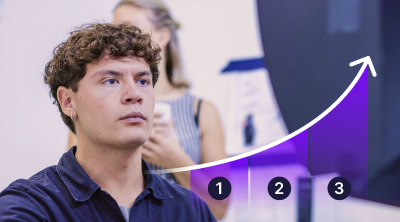How boohoo Minimized Errors to Maximize Output
Before and after Creative Force
boohoo’s lead retoucher Corey Mullaney said it was, "like night and day."
boohoo has now harnessed the power of automation to reduce human error, not only shortening the time needed for production but allowing teams to focus on creativity and output rather than administration.
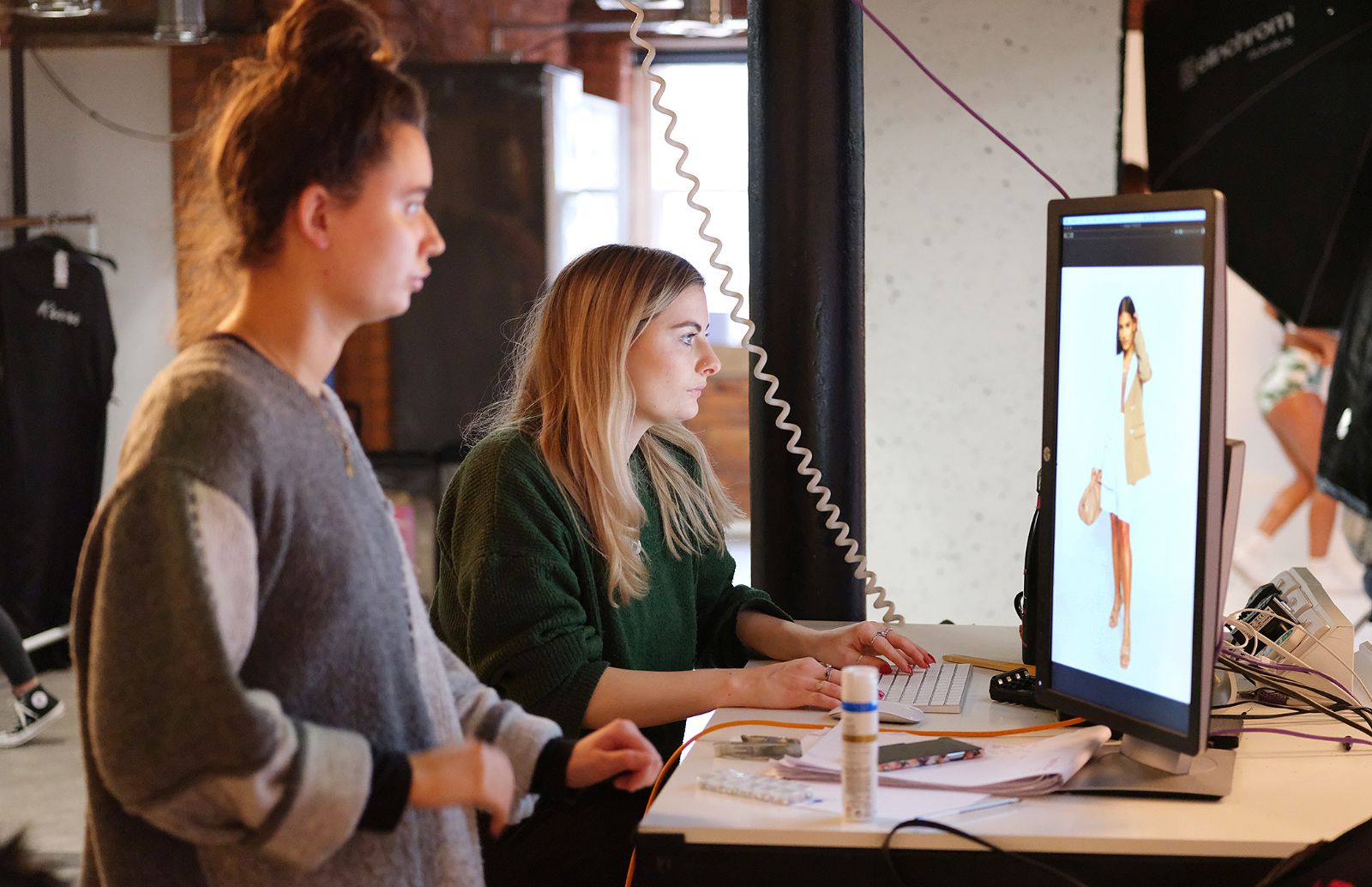
Results
at a glance
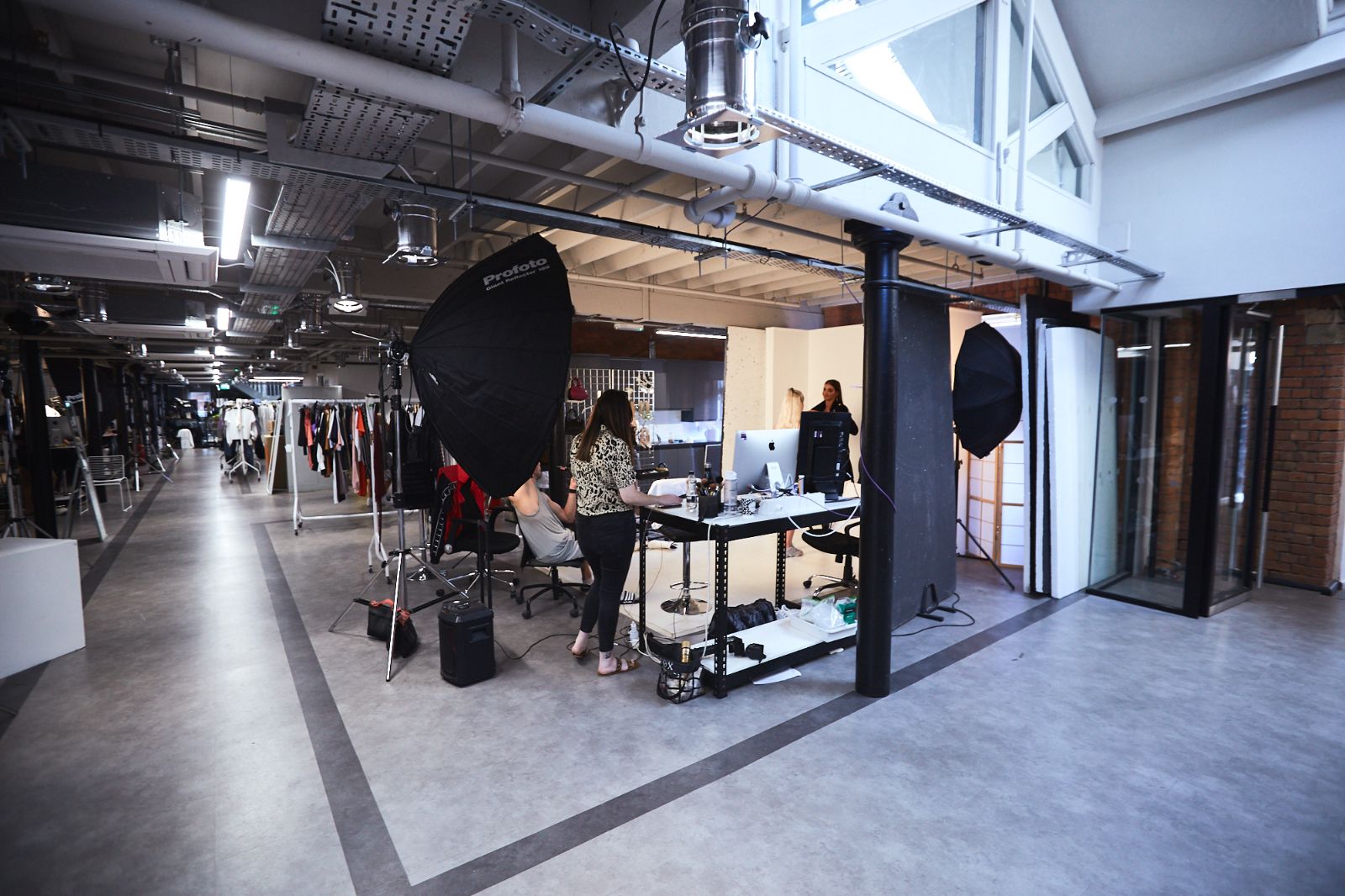
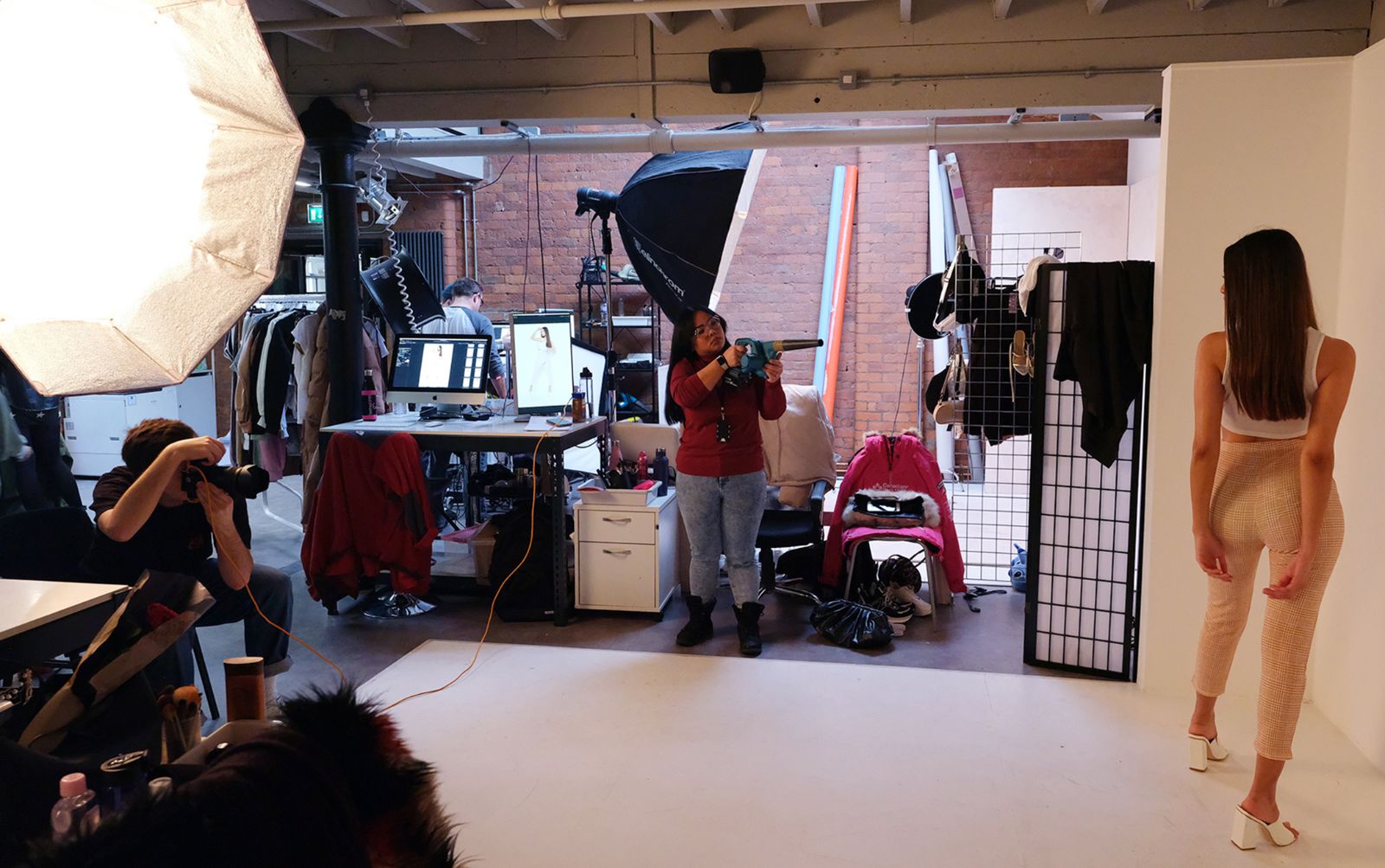
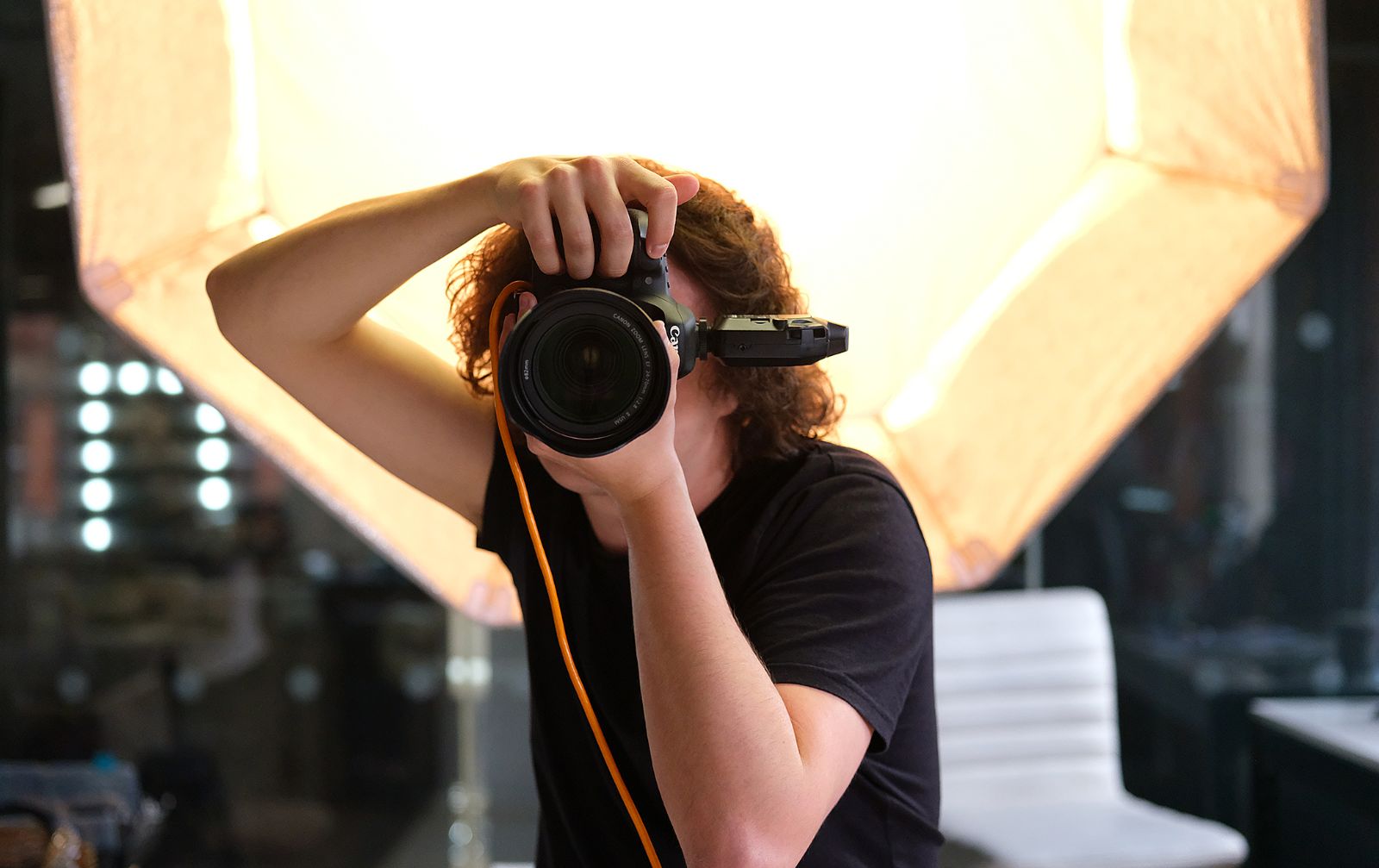
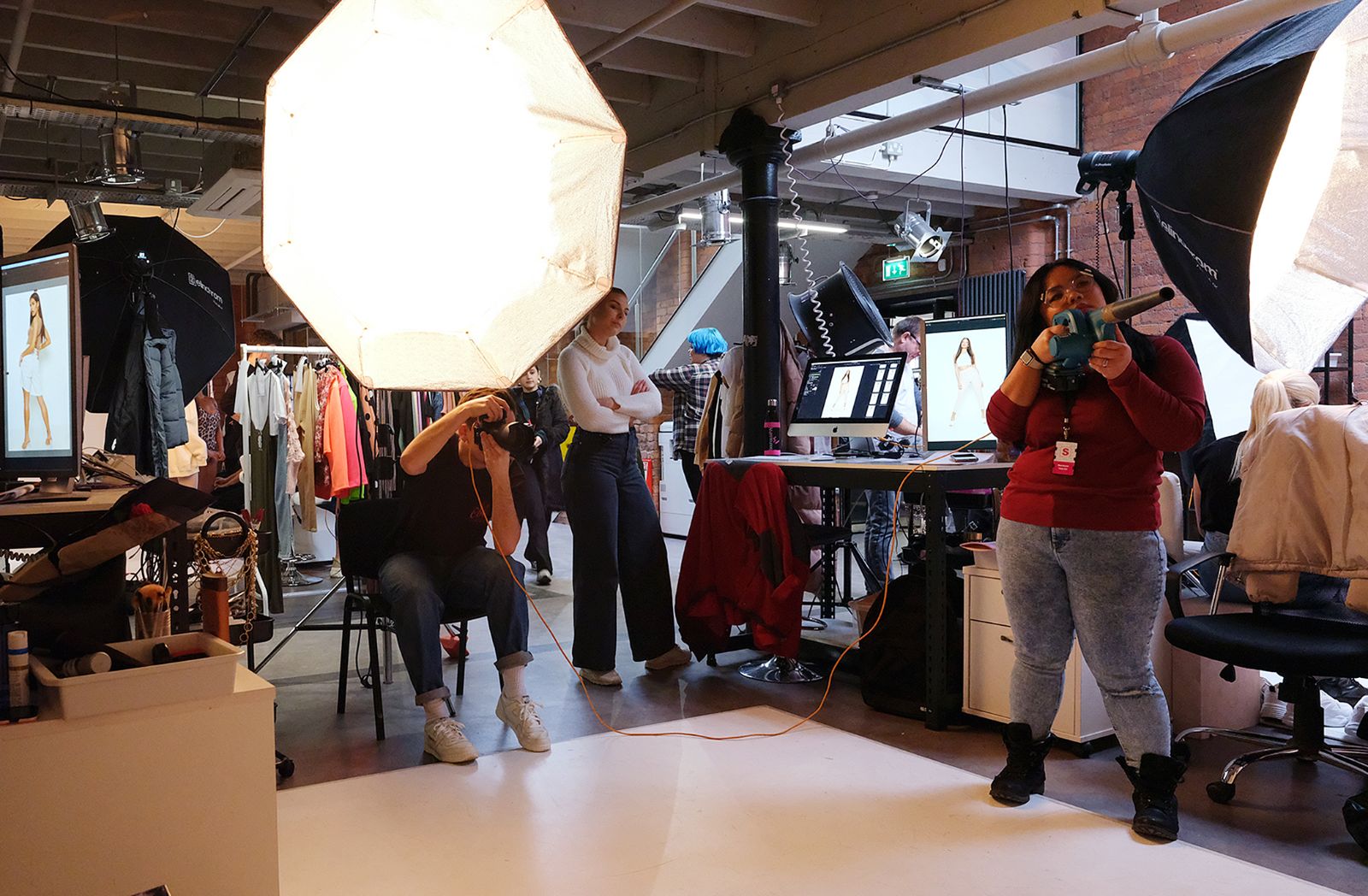
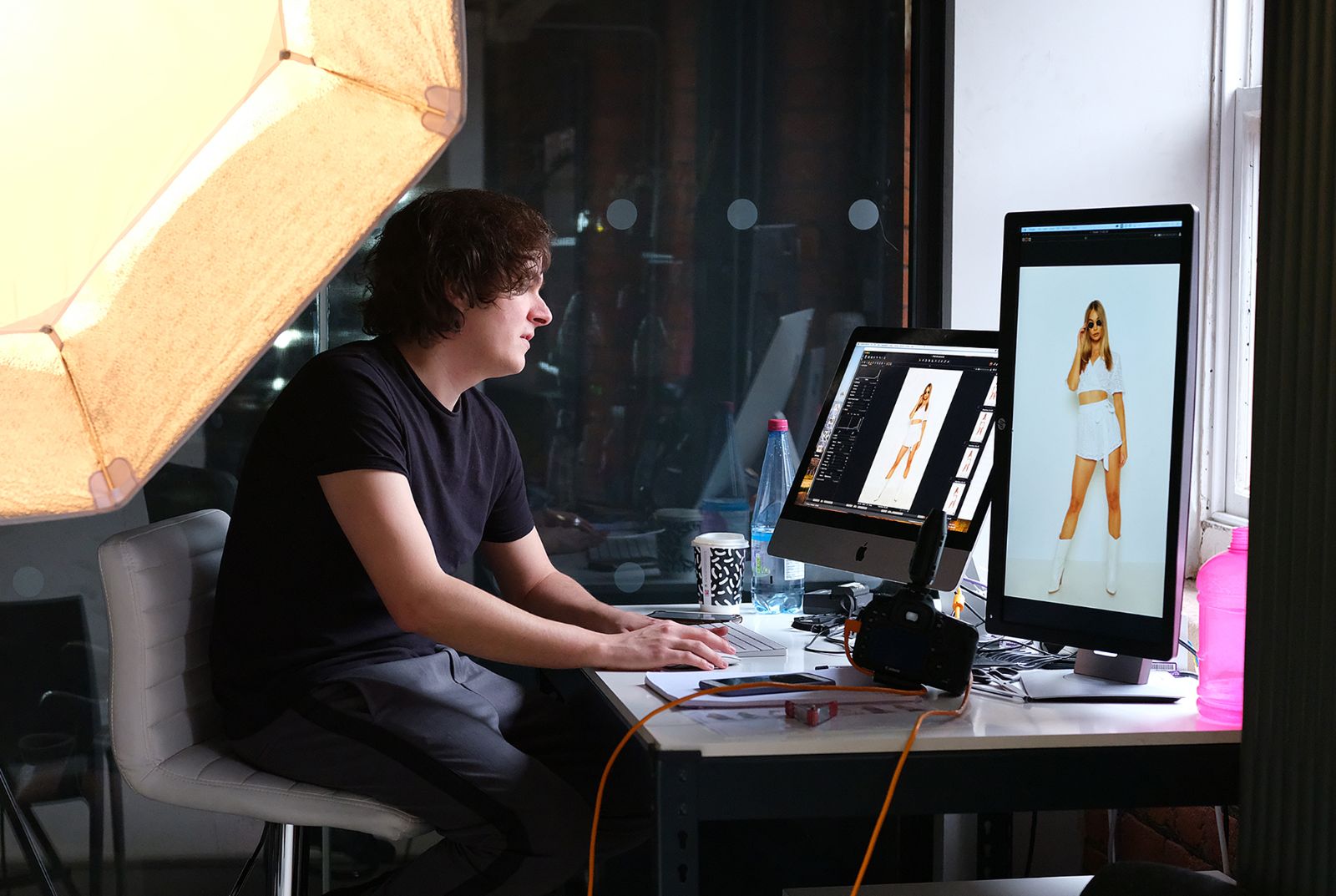
Who is boohoo?
The boohoo group had humble beginnings with Mahmud Kamani and Carol Kane in a small office in Manchester. Today, they’ve built one of the fastest-growing fashion businesses in the world with a massive portfolio of 13 leading British fashion brands.
boohoo is on a mission to become the global leader in the eCommerce fashion sector. They’re doing it in a way that respects their people, customers, suppliers, stakeholders, investors, and the world around them. The team is passionate about sourcing significant volumes of products locally and hosts four distribution centers in the UK to serve their global customer base. With all of this, they’ve single-handedly contributed almost £2bn in Gross Value Added (GVA) to the UK economy since 2009. In 2020-2021 alone, they spent over £300m with British businesses, which supported around 5,000 jobs.
When we asked how boohoo would describe themselves, their gallery production manager, Jordanna Lawton, made it very easy to understand, describing them as, “affordable reactive fashion.”
boohoo Group
Industry: Online Fashion Retail
Location: Manchester // London
Company size: +/- 5,000
SKUs per year: 100,000+
Website: boohoo.com
Style shots per day: 800-1,000
Number of studios: 20+
Year founded: 2006
Before Creative Force
One of the most important topics that came up in our conversations was the fact that before Creative Force, the way they did things worked, like many studios running today. The challenges didn’t lie in a broken system. The challenges were in the time and admin needed to make it all work together. The team knew exactly what they needed, but didn’t have the tools necessary to make them happen. And everyone agreed that massive efficiency gains were achievable if only they could change up the workflow.
At boohoo, new products were checked in using an internal system called StyleTrack. In the studio, teams would attach paper tags to each product, which would then live with the product through the studio and be compiled at the retouching stage. Photographers would manually rename assets to include the product code in Capture One. At the end of each day, the selected images would then be uploaded to Global Edit in specific shoot folders. This may sound all too familiar, as these are general steps most studios follow in their daily productions.
One of the first things that I loved about Creative Force was that I could get brand new freelance photographers up and running in 20 minutes.
Michael Baynes
Studio Manager at Boohooman
Time and time again, the team saw that staff were doing repetitive tasks when they could have been moving the production forward. Kat Santus, Head of Studio at boohoo asked the question, “The talent is there, why waste it?”
boohoo were relying heavily on Excel spreadsheets, Google docs, paper tags on products, and manually managing data in their image processing software. Unfortunately, using several different systems and relying on manual input for tracking led to significant instances of human error, which in turn meant assets regularly went missing, causing delays in new products launching on their eCommerce websites, and in some cases, costly and time-consuming reshoots.
Our Principal Solution Consultant, James Lewis, who’s worked with boohoo from the beginning to align Creative Force with boohoo’s systems and processes, made the point, “People didn't get into becoming a photographer, art director, or retoucher, because they like admin and spreadsheets. Thomas Kragelund (CEO and cofounder of Creative Force) coined a phrase very early on: free your creatives. They're creative people. That's what they set out to be. And so this idea of taking away all of that nonsense is great.”
When discussing with the boohoo team if there was ever a single event or something specific that led them to Creative Force, they articulated something we believe a lot of studios today have felt: that the way things were going was just a part of the journey, growing pains, if you will.
“Trying to locate missing images due to human errors had become almost a full-time image admin job,” said Senior Photographer Joel Pammenter. “Manually naming files and ticking through the StyleTrack system was a slow and clunky process. Also, human error would inevitably lead to missing assets which involved a lot of man hours to search for.”
Joel remembered one day having to find 120 missing files, going from set to set with XML data, a list of missing shots, and then, sometimes by eye, finding the correct images to move down the production line.
boohoo knew that they needed a better way, but it was hard to break free from the way things had always been done.
The Challenges
In August 2019, after going back and forth with a few key members of the boohoo team, the decision was made to do a 6-month trial with one of the company’s premium, trend-led brands, MissPap. boohoo agreed that the timing couldn’t have been more perfect.
They had just brought the brand on board and were building a new studio and filling it with new people. Implementing a new workflow system like Creative Force would fit perfectly into their plans. Especially given that with a new studio, they had a chance to get their workflows right from the start.
The team’s main challenges included a lack of visibility into overall production status, time-to-market, longer timelines to achieve KPIs, a complex selection process, overall control, and unifying all their processes into one workflow that was clear and easy for everyone in the studio to follow.
Those challenges were also exacerbated by physically moving around products between buildings, hard drives traveling back and forth, paper tags moving from studio to retouching, and a hundred other tiny trips that slowed everything down.
Finally, one last challenge: The new system had to be rolled out in 6 weeks.
Implementing Creative Force reduced a large amount of unnecessary admin work which has improved efficiency and lowered potential reshoots, which is a large cost- and time-saver.
Joel Pammenter
Senior Photographer
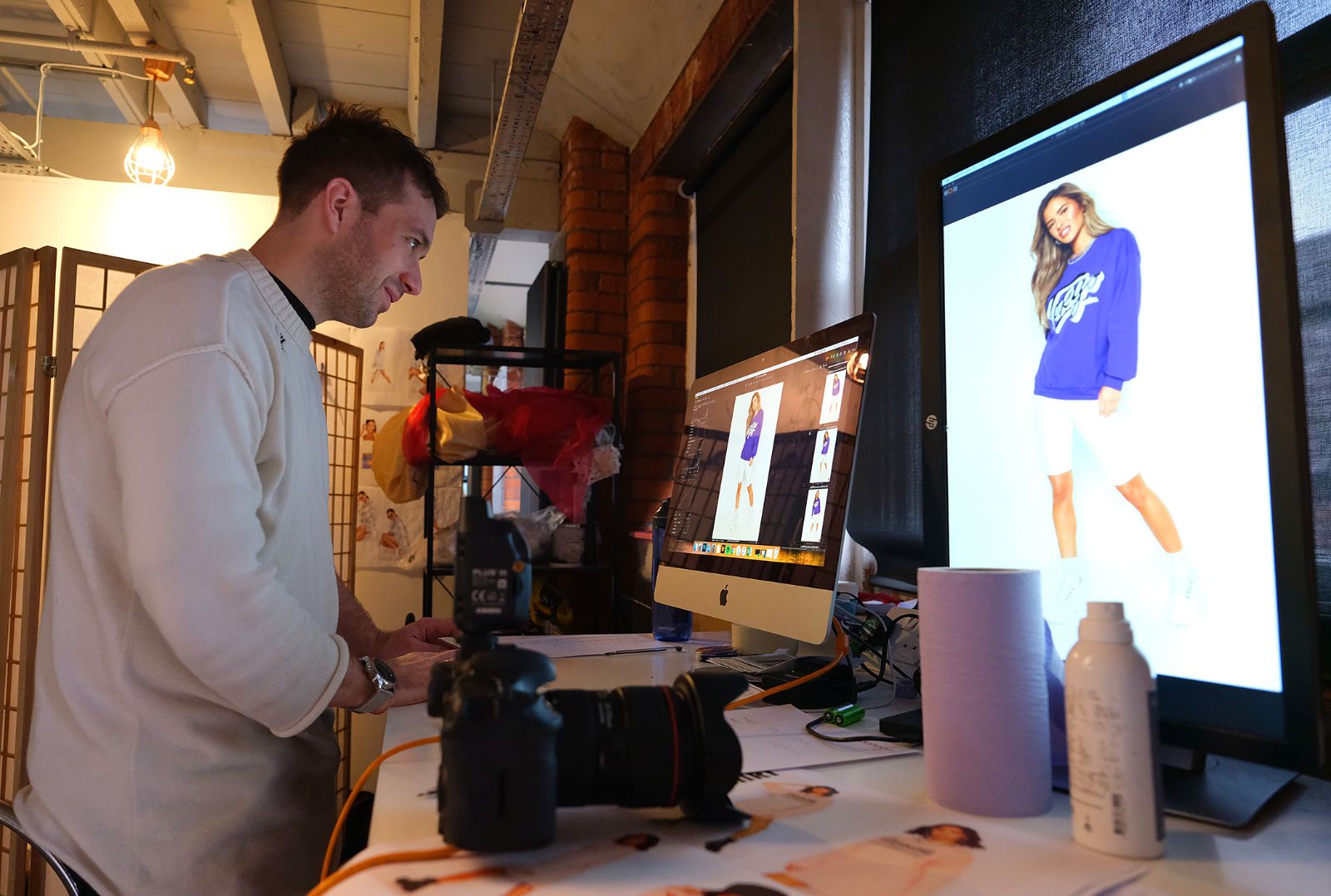
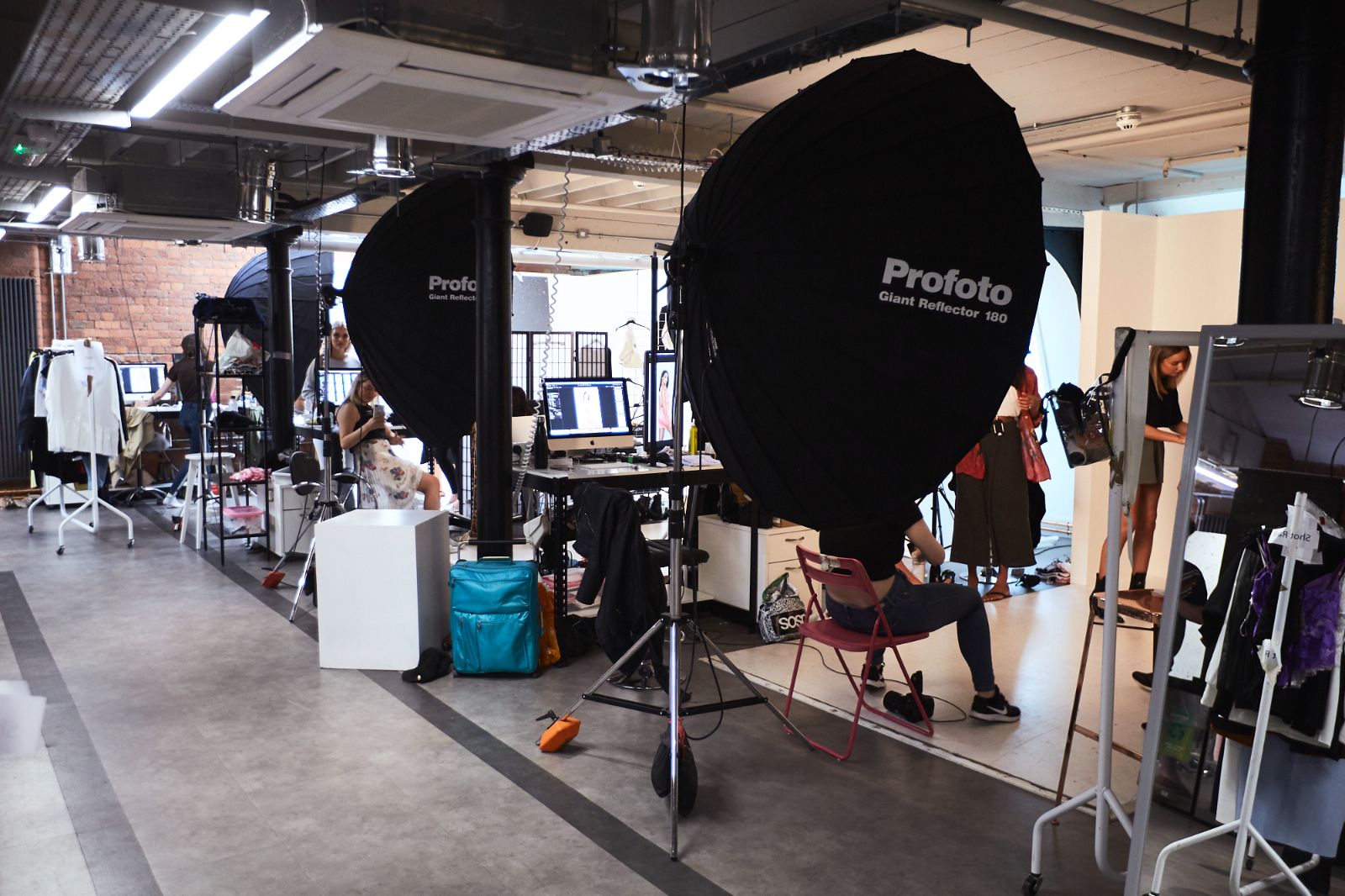
Must-Haves
boohoo expected a lot from their new workflow platform, but their four must-haves to consider this a success included:
Integration with their internal StyleTrack system
Make sure that they could effectively handle peaks and troughs through the entire studio process
A single source of truth
One system to manage and track all visual assets
Speed up workflows
Complete more tasks in less time while scaling
Reduce admin work
More value-added work, less file management
Onboarding
“After the onboarding process and bedding in period, we were up to full speed in studios again and had better control of almost all aspects.”
Change is hard. Implementing a true end-to-end platform like Creative Force, shakes things up. And, since almost everyone in the organization would have some touch points with the system, everyone needed to be taken care of through the transition.
Familiarizing people with brand-new software, especially when many had been using the same system for so long, was daunting to say the least. And the unknown is scary, so changing the way things were always done brings up a lot of questions about whether it will work, how it will work, and why things can’t just stay the same.
That being said, it was incredible to hear from Nathan McDowell, the Studio Manager at boohoo, that “after the onboarding process and bedding in period, we were up to full speed in studios again and had better control of almost all aspects.”
And possibly even more amazing, Michael Baynes, Studio Manager at Boohooman, said, “One of the first things that I loved about Creative Force was that I could get brand new freelance photographers up and running in 20 minutes.
Working in a high-volume studio we often use freelance photographers, so instead of losing a few hours or even a full day or more training someone on the intricacies of the studio and the systems, being able to get them up and running on set and give them the brand vision via the style guides built into Creative Force is a massive benefit to what we do day to day.”
Launch and Support
“We tested it with MissPap for about six months and then as soon as we got the API and the connections between StyleTrack and Creative Force, we rolled it out to 10 brands over 12 months.”
With any rollout of a new system you can expect challenges, but as the team reported, there were relatively few. In the beginning, products were entered incorrectly, with samples being input multiple times, creating redundancies. Thankfully, as the team learned how the system worked, this issue was quickly resolved. The photography team also acclimated to the new process quickly and training new members and freelancers to use Creative Force's on-set app was very straightforward.
“We tested it with MissPap for about six months and then as soon as we got the API and the connections between StyleTrack and Creative Force, we rolled it out to 10 brands over 12 months,” said Studio Manager Michael Baynes.
“It was quite a quick process. The good thing about it was that by that time, the teams heard about it and how it worked within the MissPap brands, so it was a really easy convert, because people had already spoken about how good it was from a retouch perspective, how everything was in one place. It was an easy sell to everybody else. Everyone wanted to get involved with it.”
And when things weren’t going as expected, the Creative Force tech support was available 24 hours a day, 5 days a week, and responded in under 2 minutes.
Studio Manager Nathan McDowell laughed when we asked how the tech support was. “It’s good. I’ve had many conversations with [Creative Force Customer Support Manager] Viviana about various things and they’re always able to help for the most part, and problem solve it, super-responsive."
"You normally get a fairly solid answer and if not, there’s always the option to take it further up the chain, or ask for a bit of development. Very positive experience. Which is a rarity in this day and age.”
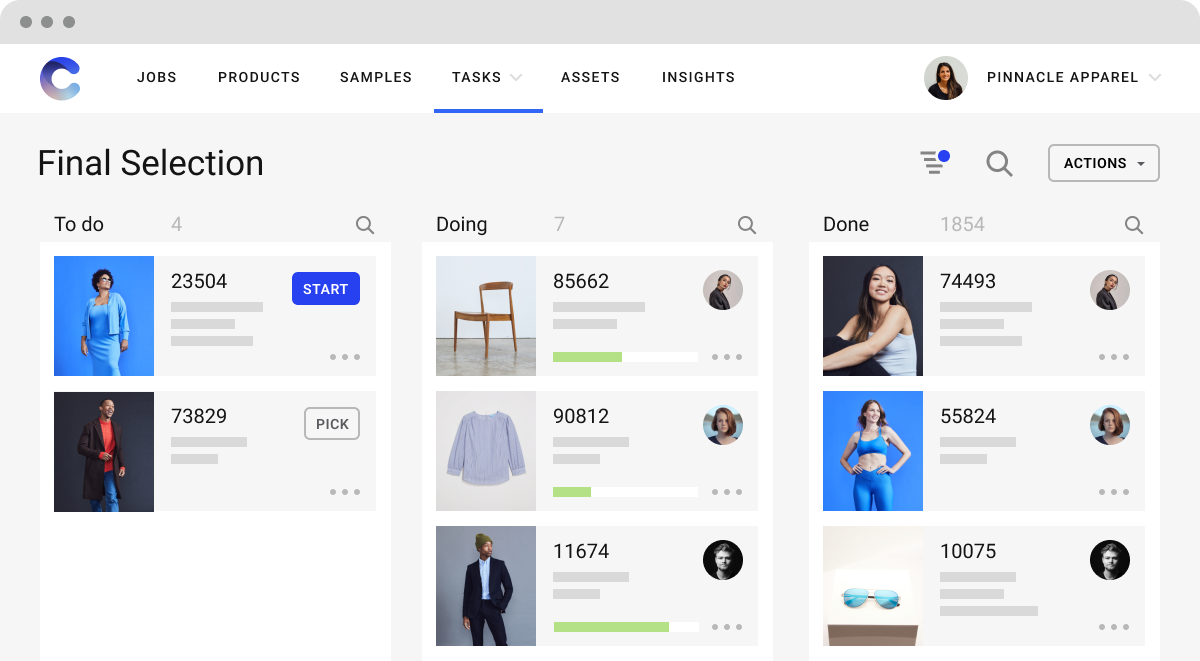
Retouching
“Now, there’s so much less back and forth in the team, we’re able to focus on retouching. It’s so much better.”
For a long time, retouching was one of the most complicated pieces of the boohoo puzzle. It involved mountains of manual administration, checking on the same things multiple times, and creating workarounds to make it all function.
Then they started using Creative Force.
boohoo’s lead retoucher Corey Mullaney said that using Creative Force was, “like night and day, what we were doing compared to what we’re doing now. Just in terms of having to QC our own work, three of us doing admin, that would take up the entirety of our day. Now, there’s so much less back and forth in the team, we’re able to focus on retouching. It’s so much better.”
And this isn’t to say that everything is perfect all the time. He continued, “But even if things go missing or the input was wrong, the fixes are a lot faster now than they were then. It’s just so much easier.”
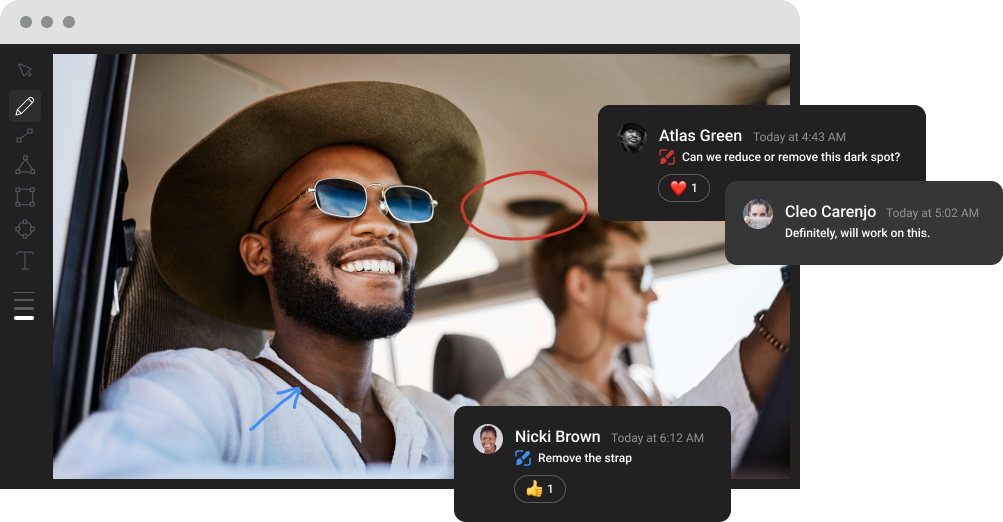
Using Creative Force was like night and day, what we were doing compared to what we’re doing now. Just in terms of having to QC our own work, three of us doing admin, that would take up the entirety of our day. Now, there’s so much less back and forth in the team, we’re able to focus on retouch. It’s so much better.
Corey Mullaney
Lead Retoucher, boohoo
Action Items
Presented with the unique challenges boohoo faced and their expectations for the roll-out of an
entirely new workflow system, the teams at Creative Force and boohoo targeted six areas. Here's how it went.
1. Single Source of Truth
Creative Force replaced several systems and work processes throughout boohoo’s business and consolidated it in one system. From sample delivery to photography and asset delivery, Creative Force has become the single source of truth for creative operations.
2. Solid Data
Creative Force seamlessly brings production data together at every stage of the process by gathering metadata, including custom properties, whenever an action is performed. This rich data repository not only generates standard reports but empowers boohoo to customize them through Creative Force.
Senior Photographer Joel Pammenter remembers, “We were operating on a slightly archaic system when we implemented Creative Force. Now, having everything there as a visual, but also as solid data means that our teams can find answers very quickly, which sits handsomely alongside our reactive nature as a business. Implementing Creative Force reduced a large amount of unnecessary admin work which has improved efficiency and lowered potential reshoots which is a large cost- and time-saver.”
3. Integrations
What's an end-to-end workflow if it doesn't connect with everything else in your tool belt? With boohoo, we made sure that it would not only connect to the programs they were using every day, but we also custom-built a seamless connector to their internal StyleTrack system.
Studio Manager Nathan McDowell spoke kindly about one integration specifically: “the integration with Capture One is fantastic, it helps us track all imagery that has been shot but not uploaded so if we want to make re-selects we can find this imagery easier. In short, it saves us time and money on reshoots.”
4. Visibility
The team wanted their users to actively participate in the production process according to their needs and preferences – be it offering direction, evaluating selections, or monitoring ongoing production to anticipate the arrival of final assets. However, without a comprehensive production solution in place, this level of involvement remained unattainable.
Embracing the fact that they had full visibility on things helped them not only produce more but also minimize mistakes. Speaking from the photographer side of things, Joel said, "Photographers enjoy being able to have full visibility over what other teams are shooting, as well as which of their images are being selected for publishing. This helps them decide on their shot direction each day which helps efficiency. It is incredibly useful for senior teams to be able to approve assets as they are being shot because we can ask photographers for more imagery if required and this again helps to avoid any potential reshoots."
5. Automation
Say goodbye to Google and Excel sheets and hello to the simplicity of a system that is always up-to-date, always shareable, and always collecting data for the team. "The automatic asset naming, visibility of the whole process, and the fact it is a front-to-back system are incredibly useful," Joel explained.
With files automatically renamed to reflect alterations in the production process, coupled with the preservation of assets at every production phase, boohoo's team can effortlessly make updates and even embrace mid-project course corrections without skipping a beat.
5. In Stock, Not Live
Studios around the world are very familiar with this phrase, and for good reason. It can cost a company tens of thousands of dollars if there is stock sitting in the warehouse that's not "live" on the website because corresponding product images are not ready. At boohoo, they saw their not-published metric hit zero.
Studio Manager Michael Baynes told us, "Black Friday is a key day for any global fashion brand, so using the Creative Force system, we were able to plan our stock management and asset delivery so that we had zero ‘in stock and not live’ on the sites across Boohooman. This gives us every opportunity as a studio and a brand to hit our full potential."
Looking to the Future
boohoo embraced their partnership with Creative Force and they're excited about bringing even more production types into the workflow.
The team is excited to head into the testing phase for our Planning module, discuss bringing Editorial Projects into the mix, continue dialing in their processes, and streamlining their workflow.
When you’re moving as fast as boohoo, the only constant is change.
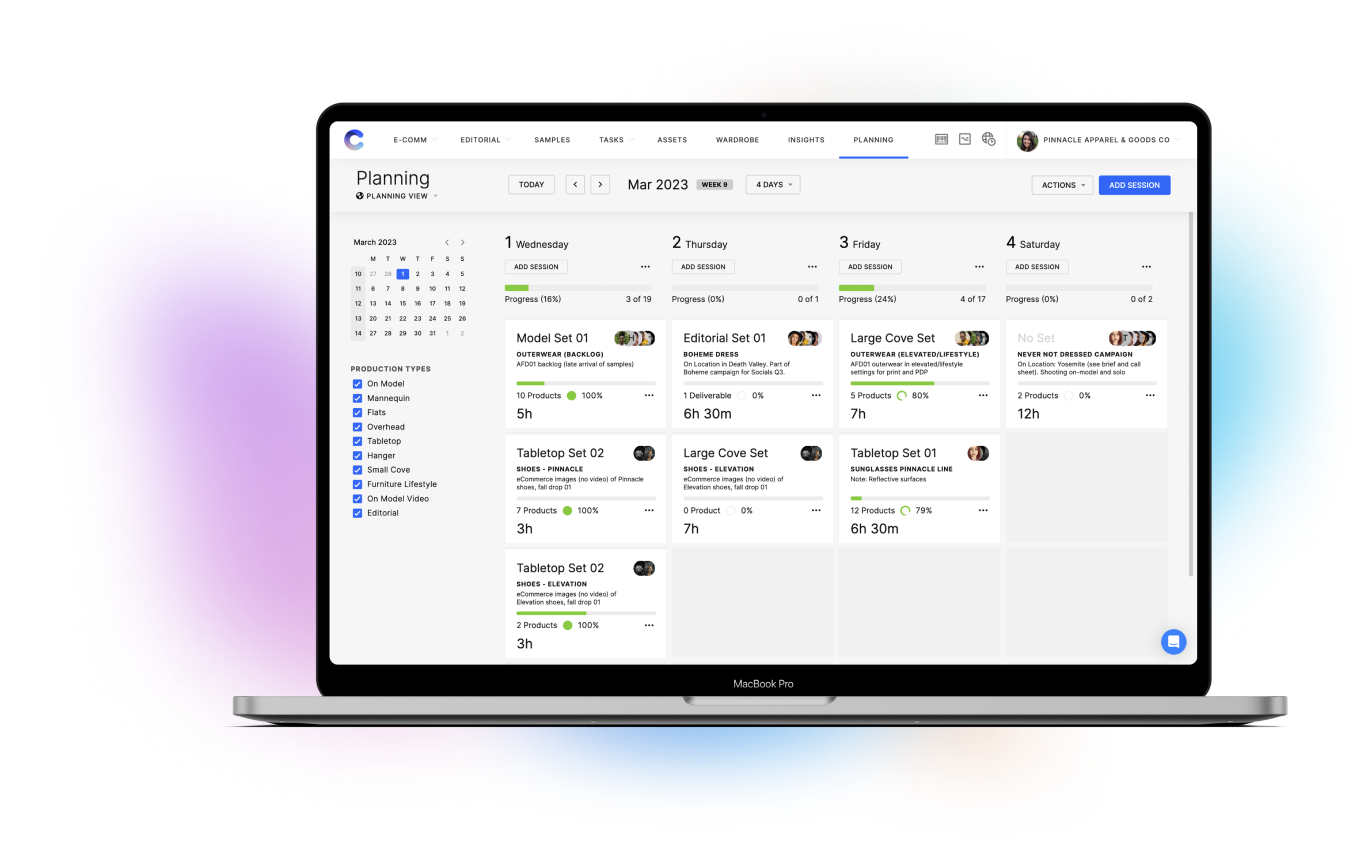
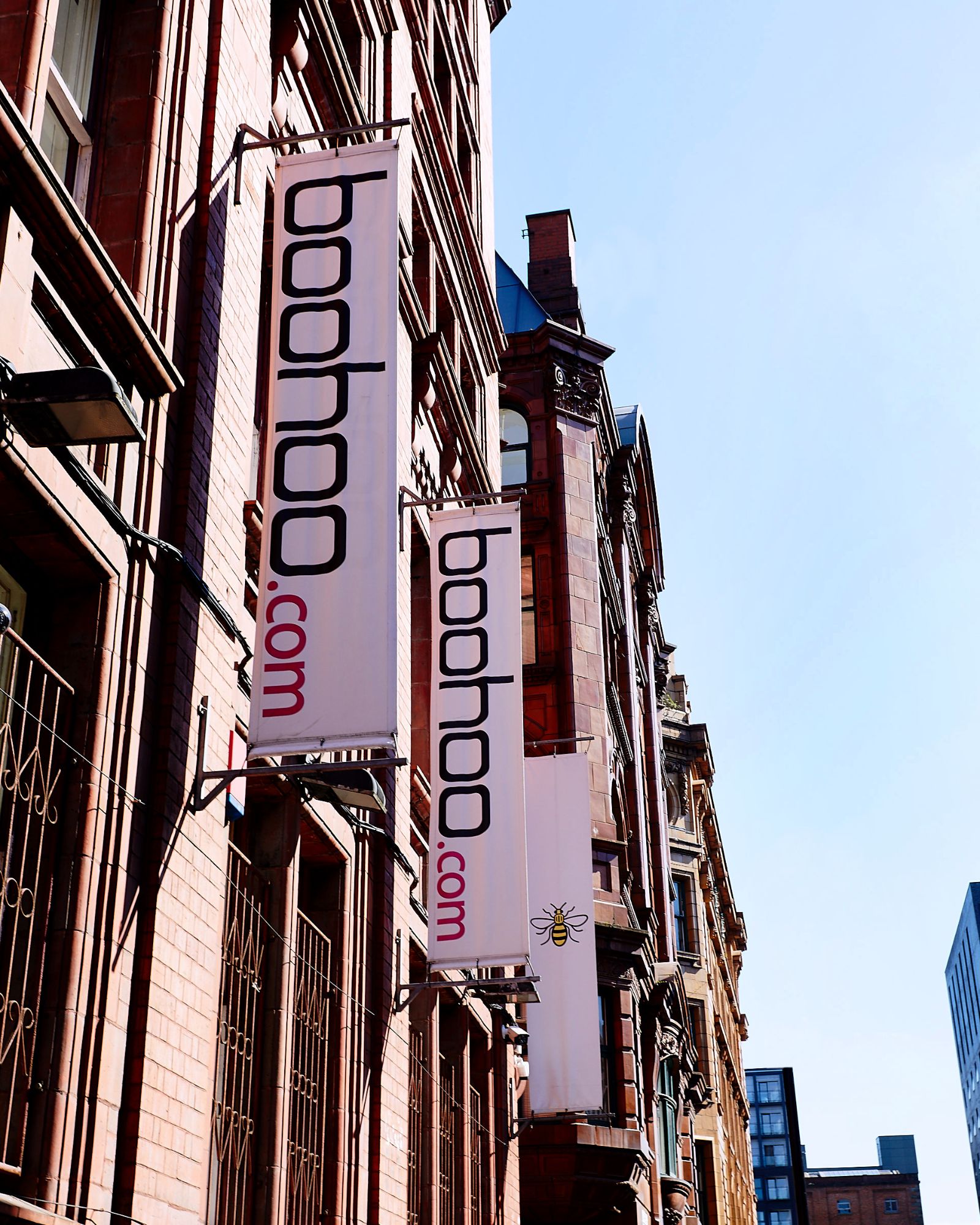
The Perfect Partnership
Talking to the teams at boohoo, it’s clear just how valuable Creative Force has been across their studio operations. Reviewing imagery as they shoot means they see assets on the same day, so any issues are caught much quicker. They have reduced the number of reshoots due to missing images. Data is captured automatically and updated in real-time across studios. And when asked if they could imagine a world without Creative Force, there was a resounding "no!" from the team.
When asked what they would have done differently in their partnership with Creative Force, the team thought about it for a few seconds, and Studio Manager Michael Baynes simply responded, "Started it two years earlier."
Ready to see Creative
Force in action?
Talk with one of our experts to learn how you can empower your creative teams to work faster, deliver superior results, and simplify creative content production.
- Consistently deliver higher-quality content on time and on budget
- Reduce time-to-market
- Increase operational visibility


